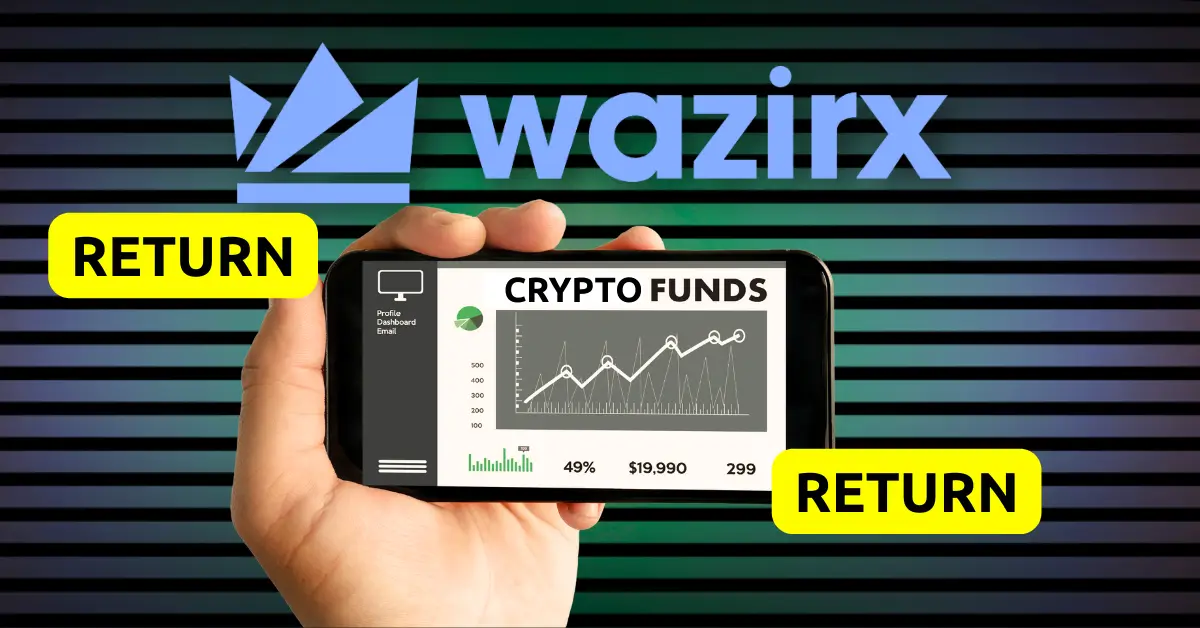The WazirX $230 Million Hack: A Complex Recovery Journey
In July 2024, WazirX, one of India’s leading cryptocurrency exchanges, suffered a massive security breach that resulted in the loss of approximately $230 million in user funds. Since then, the fallout has been significant—not just in financial terms, but also in the trust and confidence of millions of users. This report delves into the intricacies of the hack, the impact on users, the ongoing recovery efforts, and the uncertainties surrounding restitution.
—
The Hack and Initial Impact
WazirX’s security was breached through the compromise of its Ethereum multisignature wallet, a critical backend component safeguarding user assets. The attack, attributed to the infamous Lazarus Group, a North Korean state-sponsored hacking entity, led to the illicit withdrawal of a vast portion of cryptocurrency holdings.
The breach slammed the crypto community with shocks—not only because of the enormous sum lost but also because it exposed vulnerabilities in security practices even among relatively established platforms. Following the hack, WazirX suspended withdrawals and trading on its platform, leaving approximately 4.4 million Indian users in limbo.
—
The Scope of Losses: Partial Recovery Expected
Extensive reporting confirms that users are unlikely to recover their funds in full. Court filings and restructuring proposals indicate that roughly 43% of user deposits might be permanently lost. Various news outlets and legal advisors converge on the estimate that customers can expect to receive between 55% to 57% of their assets back through ongoing recovery efforts.
WazirX’s management has submitted proposals to an overseeing tribunal in Singapore, where the company’s recovery plan faces judicial scrutiny. The plan envisions distributing remaining assets to users on a pro-rata basis, meaning users will receive tokens proportionally to their original holdings, although certain tokens will be locked or converted to stablecoins like USDT to stabilize value during the process.
—
Recovery Mechanisms: Trade-offs and Options for Users
WazirX has put forth several options to its customers, each balancing accessibility, liquidity, and the timeline for recovery:
– Option A: Users can access up to 55% of their funds for trading but cannot withdraw these assets immediately. This plan prioritizes tradeability while deferring direct access.
– Option B: Users may have to sit tight for up to five years to recoup the remaining portions, tied to the gradual recovery of stolen tokens’ value, potential revenue-sharing from future products, or successful tracing and freezing of stolen funds.
These schemes inherently mean users face partial liquidity constraints and uncertainty regarding the full timeline for fund restoration. This has led to a palpable frustration among the user base, with some describing the recovery plan as an “absolute joke” due to the extended wait and partial compensation.
—
Legal and Community Dimensions
The Singapore High Court is central to the dispute resolution and restructuring process. The court has cleared WazirX management of any wrongdoing related to the hack, affirming that the breach was external and not due to internal malfeasance. However, the court also mandated that WazirX pay back 80% of stolen funds, pushing the platform towards more aggressive attempts to recover assets or raise requisite capital for restitution.
Community engagement remains significant. WazirX has incentivized the public to participate in bounty initiatives aiming to trace and freeze stolen assets in circulation, hoping to bolster the recovery pool. User votes on restructuring plans show overwhelming support, with over 93% approval—a testament to collective willingness to compromise in the face of harsh realities.
—
Strategic Roadmap: Revenue Generation and White Knight Hopes
Beyond immediate restitution, WazirX is exploring collaborations and revenue-generating products designed to improve long-term user recoveries. The exchange is courting “white knight” investors or rescue financing to stabilize its operations and increase compensation liquidity.
Implementing tracing technologies and legal efforts to retrieve stolen token assets could also enhance recovery amounts, subject to market conditions and ongoing investigations. However, the volatility and uncertain nature of cryptocurrency markets add layers of unpredictability to these strategies.
—
User Sentiment and Trust Rebuilding
The hack and its aftermath have severely tested user trust in WazirX. The suspension of approximately six months without withdrawals has been particularly painful. The company’s CEO and co-founder, Nischal Shetty, faces the challenge not only of managing technical and financial recovery but also of regaining lost confidence.
There is concern that even once users recover portions of their assets, they may withdraw funds from the platform entirely, precipitating liquidity and operational difficulties. WazirX’s management acknowledges this risk and seeks to create incentives to retain user engagement post-restructuring.
—
Conclusion: A Cautionary Tale with Lingering Uncertainties
The WazirX $230 million hack underscores the fragile intersection of technology, security, user trust, and regulatory oversight in the cryptocurrency world. While the exchange’s ongoing restructuring efforts offer some hope, they fall short of fully compensating affected users, who stand to lose nearly half their holdings.
The path forward involves navigating legal hurdles, technological recovery, community collaboration, and market fluctuations, all while under the scrutiny of a wary user base. WazirX’s experience serves as a potent reminder of the risks inherent in digital asset custody and the critical importance of transparent, resilient mechanisms for safeguarding investor funds.
Users and stakeholders should brace for a protracted recovery process and remain vigilant about the evolving strategies WazirX employs. Whether this saga will restore faith in the company—or shake the ecosystem further—remains to be seen.





